| Author |
Message |
|
X Zhang
|
 Posted: Fri 22 Nov, 2013 7:38 am Post subject: a bas-relief rubbing, Han Dynasty, latter half of the 2th c. Posted: Fri 22 Nov, 2013 7:38 am Post subject: a bas-relief rubbing, Han Dynasty, latter half of the 2th c. |
 |
|
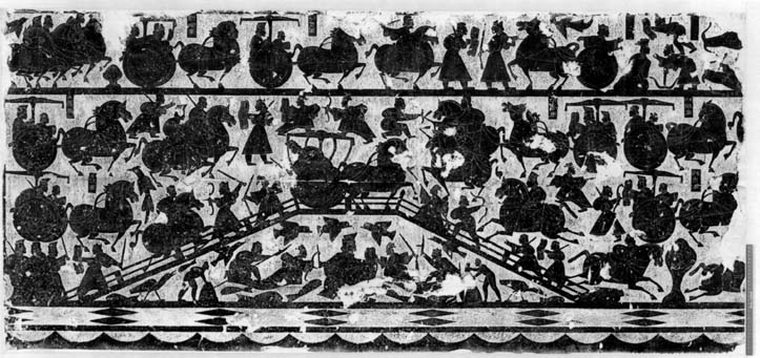
Since the chariottes were no longer deployed for field battle, it is reasonable to consider this image was presenting the internal troops...
there are some points:
hand-halberd, it was only appeared during the Han Dynasty and seldom mentioned
saber and tassel, the shape of fittings are worth researching.
Gouxiang, a special type of buckler
Last edited by X Zhang on Fri 22 Nov, 2013 6:21 pm; edited 3 times in total
|
|
  |
 |
|
X Zhang
|
 Posted: Fri 22 Nov, 2013 7:52 am Post subject: Posted: Fri 22 Nov, 2013 7:52 am Post subject: |
 |
|




Gouxiang, the Han buckler
|
|
  |
 |
|
X Zhang
|
 Posted: Fri 22 Nov, 2013 7:59 am Post subject: Posted: Fri 22 Nov, 2013 7:59 am Post subject: |
 |
|
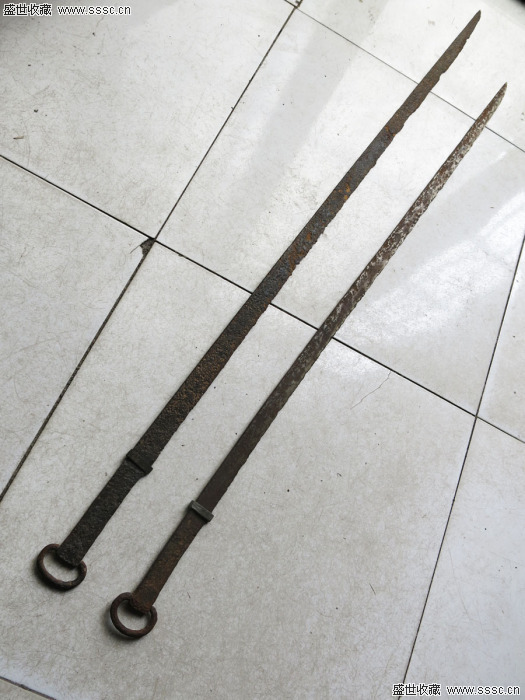
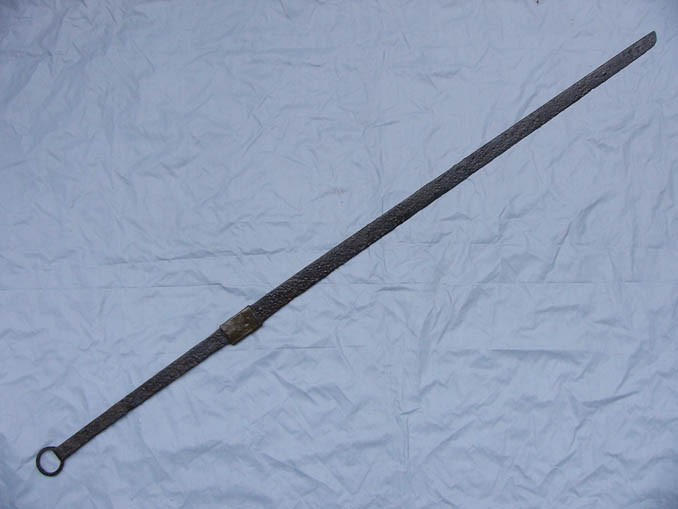
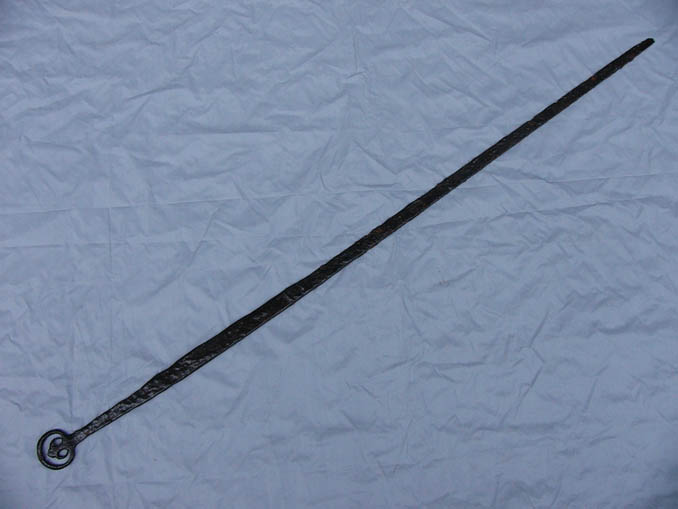
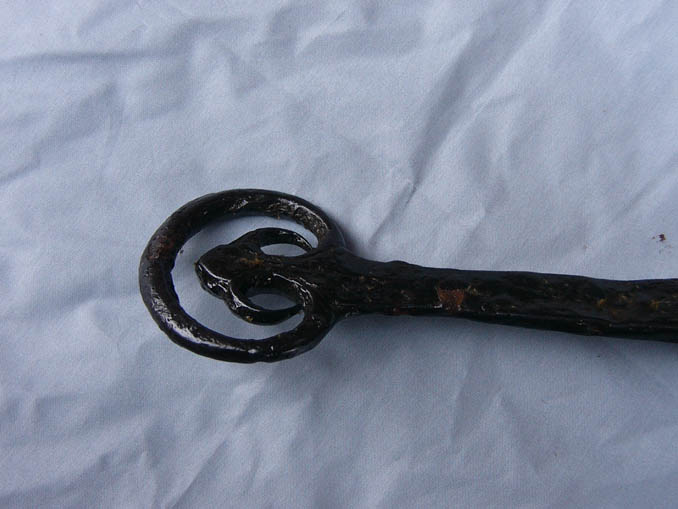
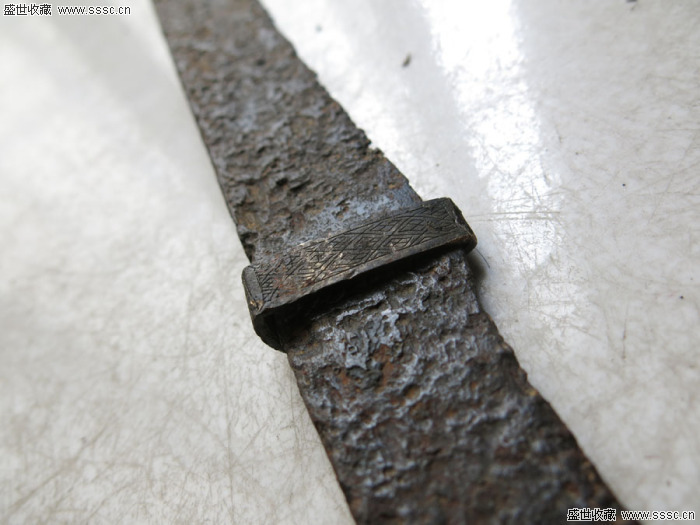
han saber blades
|
|
  |
 |
|
X Zhang
|
 Posted: Fri 22 Nov, 2013 8:07 am Post subject: Posted: Fri 22 Nov, 2013 8:07 am Post subject: |
 |
|
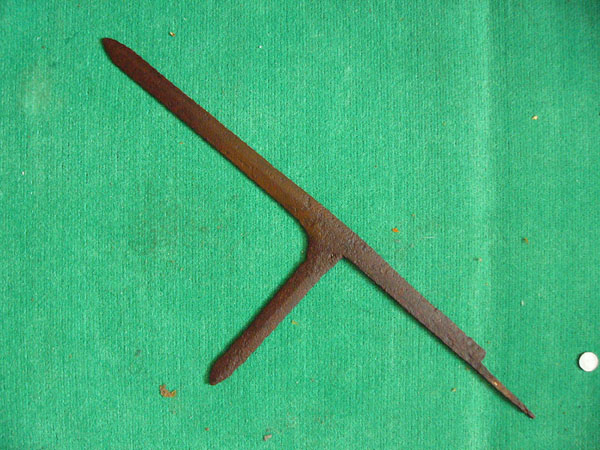
hand halberd

han halberd head
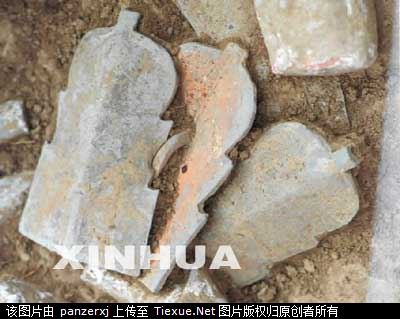
sheld pottery figurine in a tomb[/img]
|
|
  |
 |
|
Sam Gordon Campbell
Location: Australia. Joined: 16 Nov 2008
Posts: 678
|
 Posted: Fri 22 Nov, 2013 5:35 pm Post subject: Posted: Fri 22 Nov, 2013 5:35 pm Post subject: |
 |
|
Hm. interesting finds.
I haven't seen much along the lines of these before.
Might have to do some reading myself.
Member of Australia's Stoccata School of Defence since 2008.
Host of Crash Course HEMA.
Founder of The Van Dieman's Land Stage Gladiators.
|
|
  |
 |
|
X Zhang
|
 Posted: Fri 22 Nov, 2013 6:04 pm Post subject: Posted: Fri 22 Nov, 2013 6:04 pm Post subject: |
 |
|
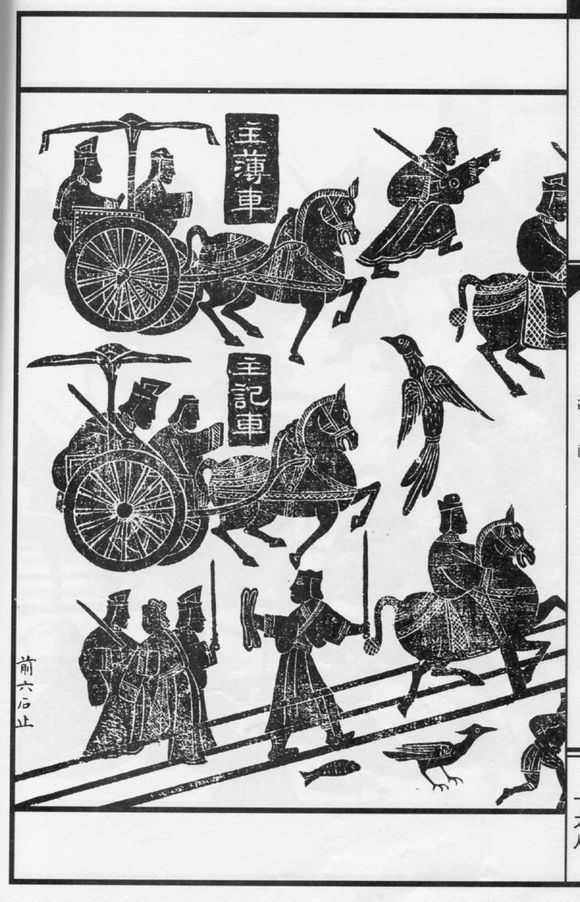
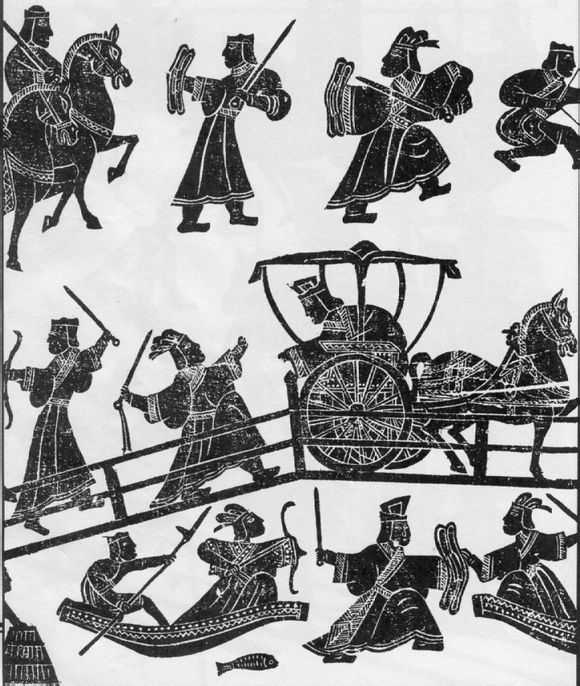
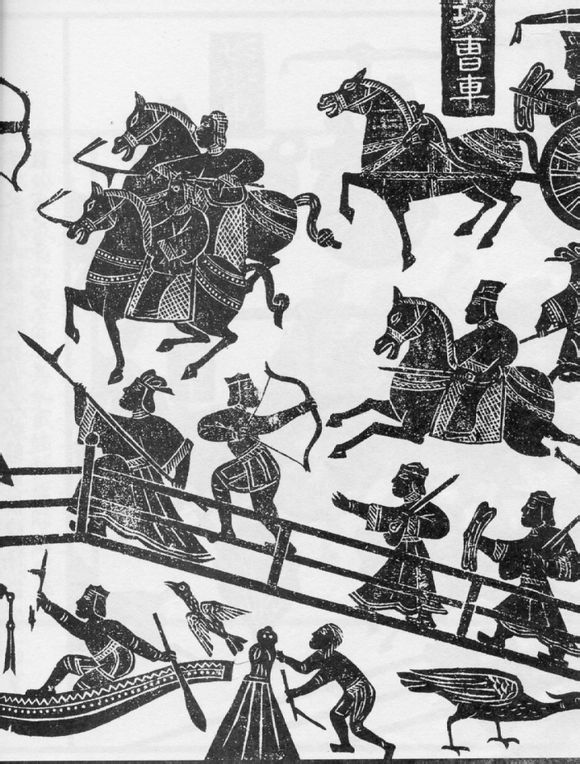
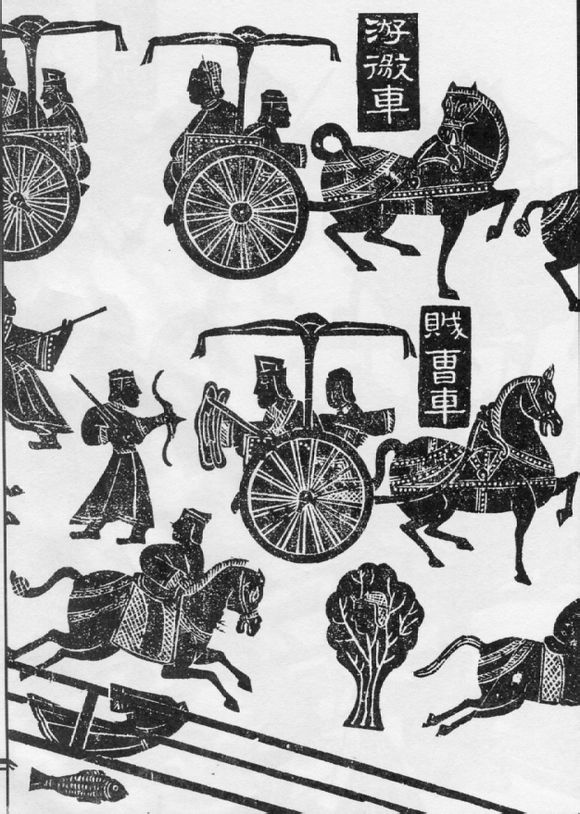
a clearer copy
|
|
  |
 |
|
Mark Moore
|
 Posted: Sat 23 Nov, 2013 5:30 am Post subject: Posted: Sat 23 Nov, 2013 5:30 am Post subject: |
 |
|
Very interesting. That's quite an interesting depiction of ancient Eastern warfare. Thanks for posting!....McM
''Life is like a box of chocolates...'' --- F. Gump
|
|
  |
 |
|
X Zhang
|
 Posted: Sat 23 Nov, 2013 5:49 pm Post subject: Posted: Sat 23 Nov, 2013 5:49 pm Post subject: |
 |
|
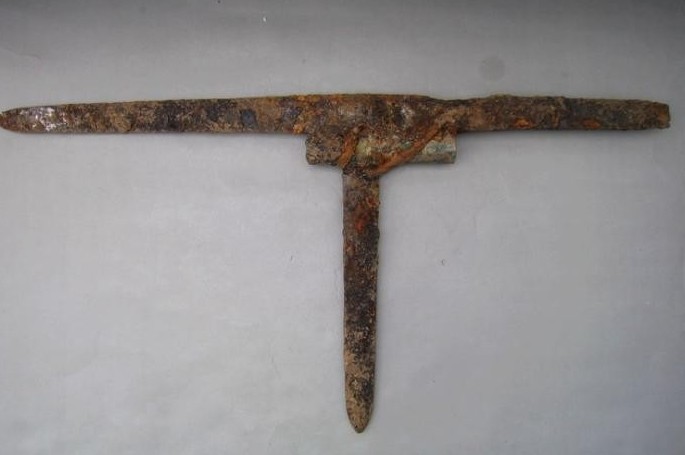
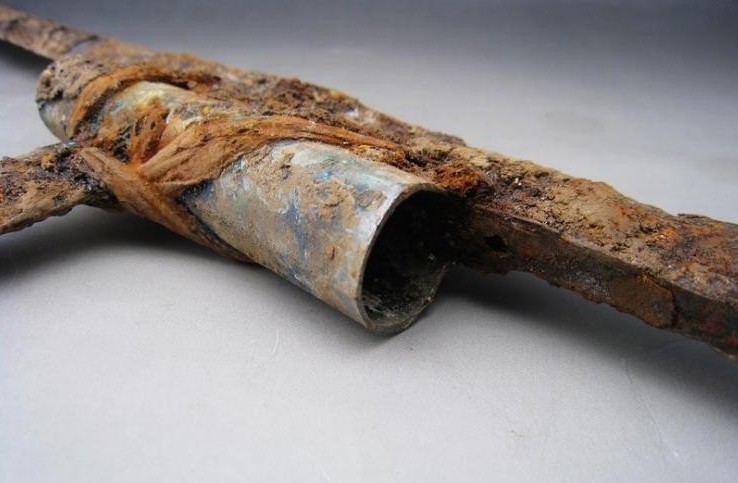
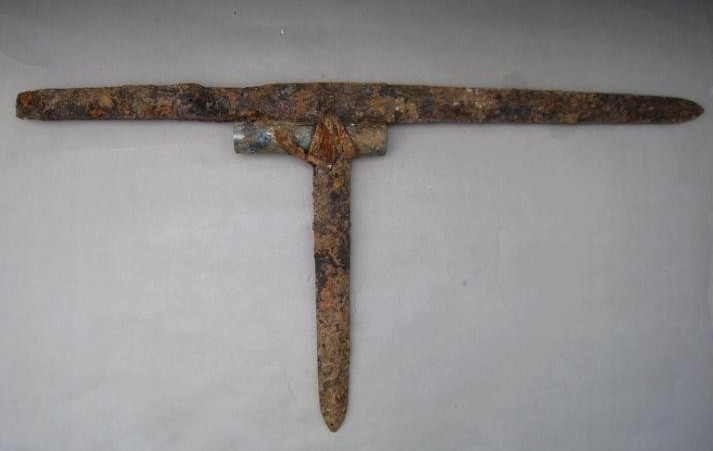
and this... it is my latest finding in an Antique auctions website: Han dynasty halberd head and cord about two thousand years ago.
|
|
  |
 |
Greg E

|
 Posted: Sat 23 Nov, 2013 7:56 pm Post subject: Posted: Sat 23 Nov, 2013 7:56 pm Post subject: |
 |
|
|
I am amazed at how delicate thew sabre blades look. I am sure they weren't but they do look it.
|
|
  |
 |
|
X Zhang
|
 Posted: Sat 23 Nov, 2013 8:38 pm Post subject: Posted: Sat 23 Nov, 2013 8:38 pm Post subject: |
 |
|
| Greg E wrote: | | I am amazed at how delicate thew sabre blades look. I am sure they weren't but they do look it. |
er.......the blade are 6~8mm thick or even more......... it's much thicker than weapons of this kind.


2007, a guy re-ground a Han dynasty saber blade (but of course, doing that with a 2000-years-old antique is very controversial...). And there are some of the images he posted.
overlength:1207mm
bladelength:1007mm
wide, lower:27.5mm
thick, lower:8.8mm
wide, upper:19.2mm
thick, upper:5mm
weight:925g
|
|
  |
 |
|
Mark Moore
|
 Posted: Sun 24 Nov, 2013 6:02 am Post subject: Posted: Sun 24 Nov, 2013 6:02 am Post subject: |
 |
|
OMG....I would be nerved out to the point of drinking to ever grind on a blade that old. Looks like he did a good job, though!.............McM
''Life is like a box of chocolates...'' --- F. Gump
|
|
  |
 |
|
X Zhang
|
 Posted: Sun 24 Nov, 2013 6:49 am Post subject: Posted: Sun 24 Nov, 2013 6:49 am Post subject: |
 |
|
| Mark Moore wrote: | | OMG....I would be nerved out to the point of drinking to ever grind on a blade that old. Looks like he did a good job, though!.............McM |
BTW,i get a question about this: Is this kind of geometrical sword tips a unique Chinese style, or broadly used in other cultures? U know, it suddenly appeared in the 2nd century BC. and never existed before. was it affected by some foreign influences? I'm not sure.
|
|
  |
 |
|
Peter Johnsson
Industry Professional
|
 Posted: Sun 24 Nov, 2013 12:22 pm Post subject: Posted: Sun 24 Nov, 2013 12:22 pm Post subject: |
 |
|
Thank you for posting this. I find early Chinese steel metallurgy fascinating.
These "knife"-swords are very beautiful. Essential form and function.
I would love to try and make one.
Is there any remains of or clues to the kind of scabbards and/or carry system used for this kind of sword?
I have only seen images of blades.
I guess the hilt was wrapped with silk cord? Is this a probable assumption? Or a combination of wood or leather + over binding of silk?
The ring hilted knife had a very widespread popularity. A couple of centuries earlier Celtic warriors were using ring hilted knives: some say they were large carving knives. I think they had another more sinister use, knowing the popularity of taking the heads of defeated enemies in battle....
(The celtic knives looked very different from these Chinese swords, naturally. More like monster versions of the small ring hilted utility knife that was in use from central europe to the far easter reaches of the eurasian continent from the bronze age and onwards).
Thanks for posting this fascinating material!
|
|
   |
 |
|
Timo Nieminen
|
 Posted: Sun 24 Nov, 2013 12:34 pm Post subject: Posted: Sun 24 Nov, 2013 12:34 pm Post subject: |
 |
|
| X Zhang wrote: | | BTW,i get a question about this: Is this kind of geometrical sword tips a unique Chinese style, or broadly used in other cultures? U know, it suddenly appeared in the 2nd century BC. and never existed before. was it affected by some foreign influences? I'm not sure. |
I don't know of anything like this earlier than the Chinese ones. The Chinese ring-pommel sabres are the first long swords of this general style. The steel ones might be the earliest; there are long bronze ring-pommel dao, but they appear to be of similar age, and are thought to be bronze copies of the steel dao (possibly for funerary use, rather than martial use).
Similar tips appear on some Han bronze handled knives (basically knife-size versions of the long sword), but I don't know of such tips earlier. It's possible that such knives are the ancestor of the long sword, but one would like to see a few earlier examples.
A possible ancestor of such Han knives and swords is the Ordos ring-pommel bronze knife. I haven't seen this "tanto" point (as modern knife makers call it) on any Ordos knives.
Ring-pommel steel dao appear at about the same time among the Xiongnu and others, and where preservation allows, the same "tanto" tip is sometimes used. AFAIK, the Chinese examples are older. However, there is more diversity of tip styles in the Xiongnu swords, so they are also a possible ancestor (with the Chinese adopting one of their many varieties).
The same style turns up in Korea and Japan, later. These are either Chinese-made or Chinese-influenced.
"In addition to being efficient, all pole arms were quite nice to look at." - Cherney Berg, A hideous history of weapons, Collier 1963.
|
|
   |
 |
|
Timo Nieminen
|
 Posted: Sun 24 Nov, 2013 12:53 pm Post subject: Posted: Sun 24 Nov, 2013 12:53 pm Post subject: |
 |
|
| Peter Johnsson wrote: |
Is there any remains of or clues to the kind of scabbards and/or carry system used for this kind of sword?
I have only seen images of blades.
I guess the hilt was wrapped with silk cord? Is this a probable assumption? Or a combination of wood or leather + over binding of silk? |
Have read that some examples have been found with traces of silk on grip and pommel. Yang Hong (Weapons in Ancient China) shows one example (pg 211) that has traces of a cord wrap (I assume silk) over what looks like a built-up grip core. Hard to tell from the drawing, and those details aren't given in the text. On the previous page is one with a cord wrapped grip and pommel. Looks like different cord on pommel and grip.
Early suspension was the usual scabbard-slide. Square or flared scabbard bottom fittings (as used on earlier jian). The one on pg 210 in Yang Hong has a scabbard slide, doesn't show the bottom (it's missing), and the scabbard is spiral-wrapped (with silk ribbon?). That's the only scabbard I've seen with evidence of the covering. P-mounts and other styles with 2 suspension rings on one side of the scabbard (so a classic sabre suspension) turn up later, but I think there are 3rd century examples.
"In addition to being efficient, all pole arms were quite nice to look at." - Cherney Berg, A hideous history of weapons, Collier 1963.
|
|
   |
 |
|
Peter Johnsson
Industry Professional
|
 Posted: Sun 24 Nov, 2013 1:52 pm Post subject: Posted: Sun 24 Nov, 2013 1:52 pm Post subject: |
 |
|
Thanks Timo!
I see them clearly before me.
:-)
|
|
   |
 |
|
X Zhang
|
 Posted: Sun 24 Nov, 2013 11:17 pm Post subject: Posted: Sun 24 Nov, 2013 11:17 pm Post subject: |
 |
|
| Peter Johnsson wrote: | Thank you for posting this. I find early Chinese steel metallurgy fascinating.
These "knife"-swords are very beautiful. Essential form and function.
I would love to try and make one.
Is there any remains of or clues to the kind of scabbards and/or carry system used for this kind of sword?
I have only seen images of blades.
I guess the hilt was wrapped with silk cord? Is this a probable assumption? Or a combination of wood or leather + over binding of silk?
The ring hilted knife had a very widespread popularity. A couple of centuries earlier Celtic warriors were using ring hilted knives: some say they were large carving knives. I think they had another more sinister use, knowing the popularity of taking the heads of defeated enemies in battle....
(The celtic knives looked very different from these Chinese swords, naturally. More like monster versions of the small ring hilted utility knife that was in use from central europe to the far easter reaches of the eurasian continent from the bronze age and onwards).
Thanks for posting this fascinating material! |
Er....Actually.....Y E S! i have some photos and pictures about that.

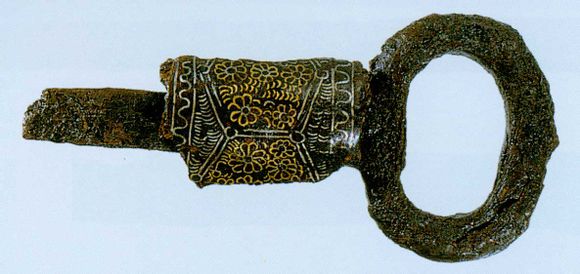
These are imitation from Northeast Asia about 1700~1500 years old. Decorative patterns may be different, but the general rig is quite similar.

This is an antique what was buried swamp in southern China. (it is exhumed from swamp is always well preserved.)
And....the carry system....
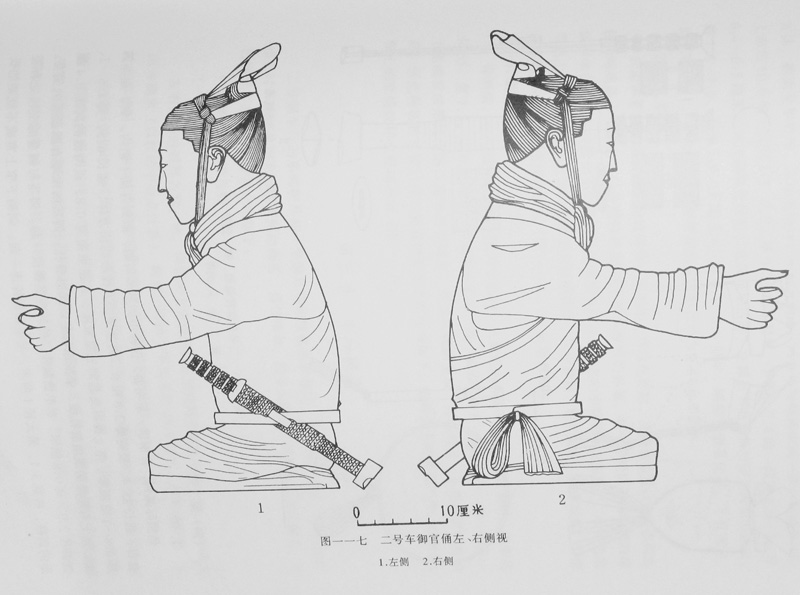
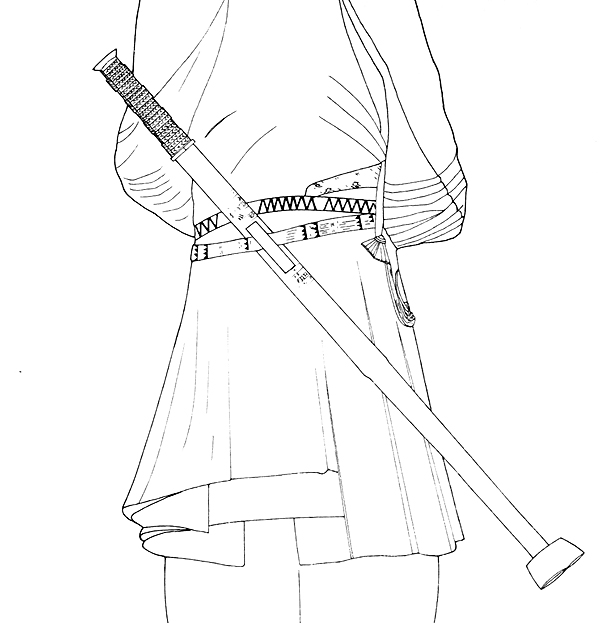
from 5th BC to 4th AD, chinese swjord/saber carry system was very extremely stable. We chinese call it "璏"(zhi) style(most Chinese did not know this ancient word although...... ). the “璏” means the “sword nose”, which is actually a belt loop.
Look at these pictures, the chariot driver of Terra Cotta Warriors.
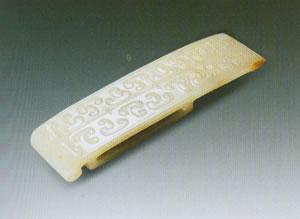
And.......this is 璏
Last edited by X Zhang on Mon 25 Nov, 2013 2:24 am; edited 1 time in total
|
|
  |
 |
|
Peter Johnsson
Industry Professional
|
 Posted: Mon 25 Nov, 2013 1:31 am Post subject: Posted: Mon 25 Nov, 2013 1:31 am Post subject: |
 |
|
|
Great information! Thank you!
|
|
   |
 |
|
X Zhang
|
 Posted: Mon 25 Nov, 2013 5:51 am Post subject: Posted: Mon 25 Nov, 2013 5:51 am Post subject: |
 |
|
| Peter Johnsson wrote: | | Great information! Thank you! |
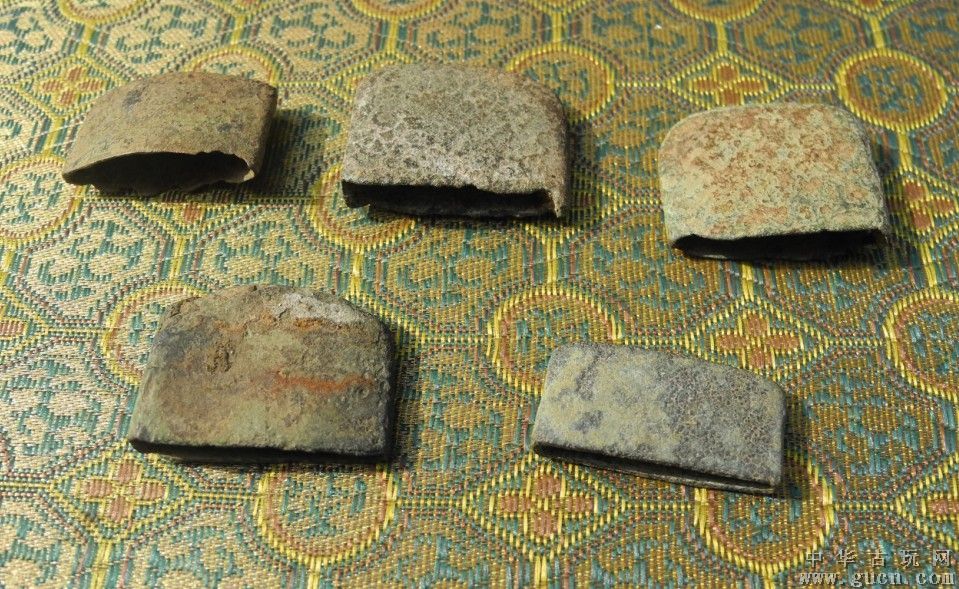
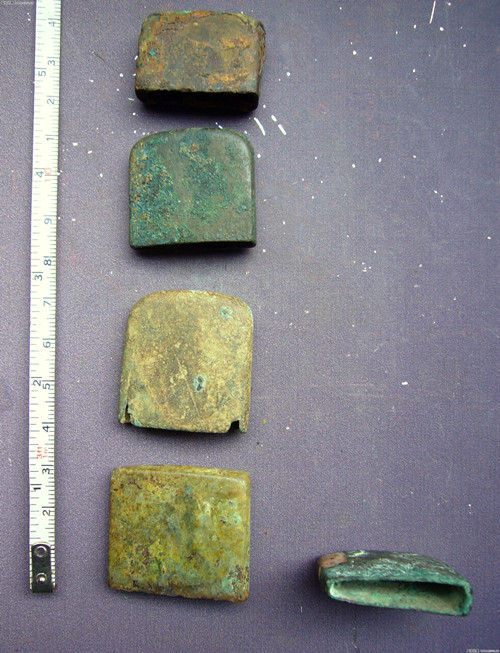
bronze Scabbard chapes. From them you can understand the the cross section of scabbard.
Hope it can help
I have never seen any maker outside of china interest in Han dynasty saber. i am really looking forward to your works
|
|
  |
 |
|
Timo Nieminen
|
 Posted: Mon 25 Nov, 2013 11:55 am Post subject: Posted: Mon 25 Nov, 2013 11:55 am Post subject: |
 |
|
Ran into a paper describing analysis of leather on a Chinese scabbard: http://www.sciencedirect.com/science/article/...2511003763
Summary: Alum-tanned leather over wood core. 6th century BC, for a bronze sword.
"In addition to being efficient, all pole arms were quite nice to look at." - Cherney Berg, A hideous history of weapons, Collier 1963.
|
|
   |
 |
|
|

